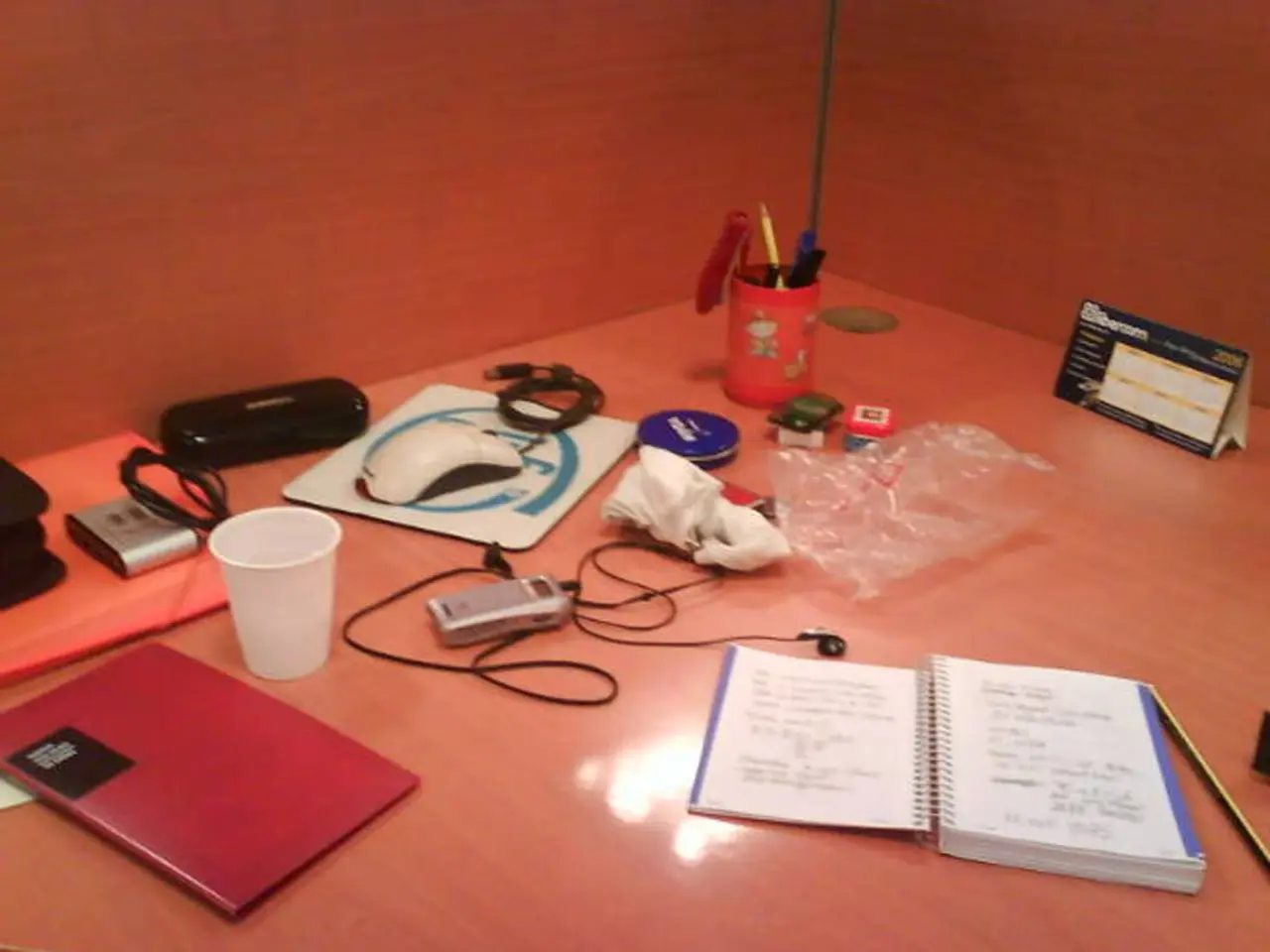Three User Experience (UX) Research Techniques Worth Reconsidering Before Implementing
In the realm of User Experience (UX) research, three popular methods – focus groups, surveys, and heuristic evaluations – are commonly used to gain insights into user behavior and preferences. However, each of these methods has its own set of limitations that can impact the accuracy and reliability of the results.
Focus Groups
Focus groups, a qualitative research technique, can provide valuable insights into people's opinions and perceptions. However, the group dynamics can influence responses, leading to conformity rather than honest opinions, or biasing the results. The conversational nature of focus groups can also produce data that is difficult to systematically analyze or compare. Effective moderation requires psychological knowledge, and typically, only a small group of 6-9 participants can be involved, which may not represent the broader user base well.
Surveys
Surveys are a collection of questions used to assess thoughts, opinions, and feelings. They can gather broad quantitative and qualitative data but often lack the depth needed to explore complex user motivations or experiences fully. Longer surveys often yield fewer responses, increasing the risk of incomplete data or respondent fatigue. Conducting surveys effectively online, especially for detailed or nuanced questions, can be challenging, potentially affecting data quality.
Heuristic Evaluations
Heuristic evaluations involve having 3 to 5 usability experts walk through a product to see if the heuristic requirements are met and make recommendations for improving usability. This method is time-consuming, with a full product evaluation taking one to two days, requiring dedicated time from experts. Since evaluators use heuristics (rules of thumb), findings may reflect their personal experience or interpretation, potentially missing some issues or overemphasizing others. Furthermore, problems identified are based on expert judgment rather than real user behavior, which may limit ecological validity.
These limitations highlight why UX researchers often combine these methods in mixed-methods designs to balance depth, breadth, and practical feasibility while mitigating individual method constraints. However, relying on what users say they will do, rather than observing their actual behavior, remains a common issue with surveys and focus groups.
For instance, in the UK elections, focus groups and polls predicted a close race and a coalition government, but the Conservatives won an outright majority, demonstrating the unreliability of focus groups in predicting actual behavior. This underscores the importance of seeking more reliable methods for understanding user actions, such as observing user behavior directly.
In conclusion, while focus groups, surveys, and heuristic evaluations are valuable tools in UX research, it is crucial for researchers to be aware of their limitations and consider combining these methods judiciously to gain a more comprehensive understanding of user behavior and preferences. The author suggests that UX professionals should reconsider the usefulness of traditional UX research methods and look for better tools to ensure the accuracy and reliability of their findings.
UIdesign, being a part of the user experience (UX) landscape, often incorporates insights gained from user research methods such as focus groups, surveys, and heuristic evaluations. However, the inability of UI design to directly observe user behavior can lead to potential misinterpretations or oversights, accentuating the need for a technology-driven solution that facilitates real-time user behavior tracking.
Despite the benefits of heuristic evaluations in assessing usability, their dependence on expert judgment rather than real user behavior can limit their ecological validity. As a potential solution, technology can be harnessed to develop prototyping tools that enable the observation of user interactions with digital designs, providing a more reliable and accurate understanding of user preferences and behavior.




